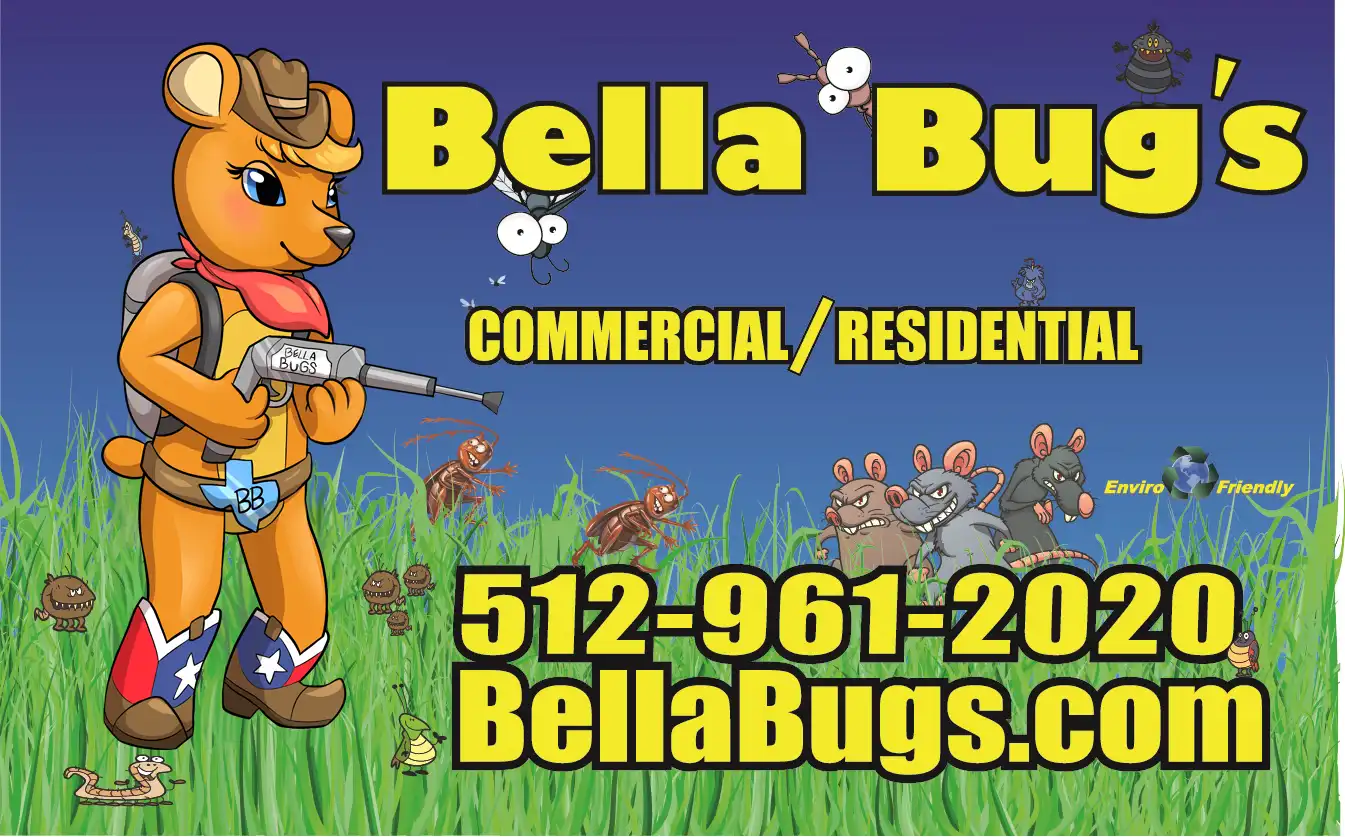
INTEGRATED PEST MANAGEMENT SOLUTION Our Whole Pest Control Arsenal at Your Command
Integrated Pest Management (IPM), simply put, is a pest control strategy that uses an array of complementary methods: natural pest predators and parasites that are not harmful to humans, pets, and livestock, pest-resistant varieties, cultural practices, biological controls, various physical techniques, and pesticides as a last resort.It is an ecological approach that can significantly reduce or eliminate the use of pesticides.
In 1996 Congress defined Integrated Pest Management (IPM) as “a sustainable approach to managing pests by combining biological, cultural, physical, and chemical tools in a way that minimizes economic, health and environmental risks.”
HOW IPM WORKS
An IPM regime can be quite simple, or sophisticated enough to be a farming system in its own right, but designed to scale to fit your needs. The main focus is usually insect pests, but IPM encompasses diseases, weeds, and any other naturally occurring threat to the well being of your home, business, and family.
An IPM system is designed around six basic components:
Acceptable pest levels: The emphasis is on control, not eradication. IPM holds that wiping out an entire pest population is often impossible, and the attempt can be more costly, environmentally unsafe, and all-round counterproductive than it is worth. It is better to decide on what constitutes acceptable pest levels, and apply controls if those levels are reached, but the goal always remains to completely eliminate all serious pests.
Preventive cultural practices: By selecting varieties of plants, foliage, and crops best for local growing conditions, and maintaining healthy vegetation, is the first line of defense.
Monitoring: Regular observation is the cornerstone of our IPM. Visual inspection, insect traps, and other measurement methods are used to monitor pest levels and Record-keeping is essential, as is a thorough knowledge of the behavior and reproductive cycles of target pests that all of our Experts are required to be trained in.
Mechanical controls: Should a pests reach an unacceptable level, mechanical methods are the first options to consider. They include simple hand-picking, erecting insect barriers, using traps, vacuuming, and tillage to disrupt breeding cycles and reduce the population quickly.
Biological controls: Natural biological processes and materials can provide control, with minimal environmental impact, and often at a lower cost and entrenched pest control systems found at other companies. The main focus here is on promoting beneficial insects that eat target pests. For example, dragon flies eat mosquitoes, midges, and bees and are also attractive to have present and look at.
Chemical controls: Considered as an IPM last resort, synthetic pesticides may be used when other controls fail or are deemed unlikely to prove effective. Biological insecticides, derived from plants or naturally occurring microorganisms are also in this category.
IPM is applicable to all types of home, businesses, agriculture, and such. Reliance on knowledge, experience, observation, and integration of multiple techniques makes IPM a perfect fit for organic farming (the synthetic chemical option is simply not considered). For large-scale, IPM methods can reduce human and environmental exposure to hazardous chemicals, and potentially lower overall costs.
HOW IPM IS USED
Pest control products are used routinely, safely and in accordance with the label in IPM programs throughout your home and business. These products eliminate pests and pose no threat whatsoever to pets, family members, employees, and yourself. Pesticide usage is a local issue, to be decided by experienced technicians after careful consultation with you and on a case-by-case review. Integrated pest management can improve the efficiency and effectiveness of any pest control program and can reduce pesticide costs overall. While IPM includes the judicious use of appropriate pesticides, it also implies that pesticides will be used only if necessary.
Each situation is carefully monitored, allowing the use of the most appropriate approach to effectively control the pest, including the use of a pesticide when needed. This specific, targeted approach results in an effective pest control program, one that assures the correct amount of pesticide is applied and enhances the safety and well-being of everyone present.

